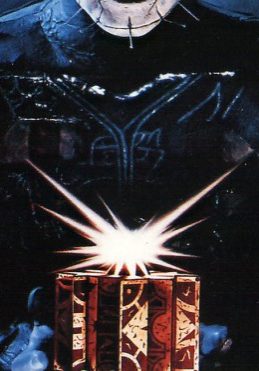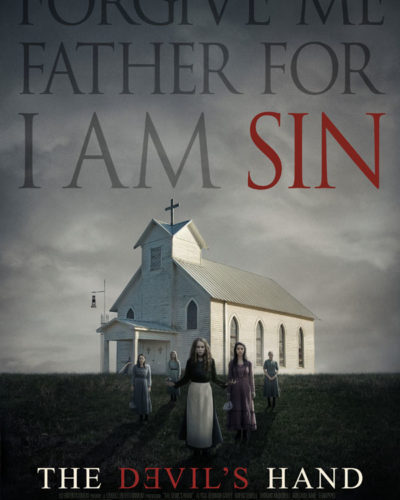“We have such sights to show you…” – Hellraiser: A Labyrinth of Horror
A Gruesome Puzzle Box of Terror
In 1987, horror was redefined as director Clive Barker unleashed his macabre creation, “Hellraiser,” upon an unsuspecting audience. At its core, this film intertwines the tale of a mysterious puzzle box with the darkly perverse desires hidden in the human soul. Barker introduces us to the Cotton family, whose relatively mundane existence is shattered by the return of Frank, a prodigal relative who escaped from the clutches of the sadomasochistic entities known as the Cenobites. As secrets unravel and boundaries of flesh are tested, “Hellraiser” promises a foray into the depths of forbidden horror.
An Ominous Atmosphere of Descent
“Hellraiser” enshrouds viewers in an arresting atmosphere that is as psychological as it is visceral. Barker’s masterstroke lies in his ability to maintain a palpable sense of dread that permeates every scene; this is not a film reliant on jump scares—it builds its terror through a creeping sense of doom. The dilapidated family home becomes a literal gateway to hell, where claustrophobic interiors and a moody, dimly lit set design underlie the disintegration of normalcy.
The director’s uncompromising vision ensures that tension is a constant companion, often using wider shots to convey vulnerability before snapping to a tight frame to capture the carnage. Unique is how the film leverages discomfort, not just from the Cenobites’ grotesque forms, but through the characters’ own morally grey choices, weaving a tale where the human element is as horrifying as the supernatural.
An Assault on the Senses
The cinematography of “Hellraiser” serves not only the story but sets a new standard in visual storytelling. The camera work effectively juxtaposes mundane domesticity with otherworldly horror, as static shots of the ordinary world give way to frenetic, handheld glimpses of chaos. The strategic use of color—particularly blood reds contrasted against drab surroundings—further highlights the intrusion of the macabre into the real world.
Christopher Young’s haunting score intensifies the film’s bone-chilling atmosphere, while the meticulously crafted sound design expertly layers screams and whispers, creaks and silence, all timed to maximum effect. The soundtrack and sound effects play as integral a role as any character, adding depth and emotion to the visual nightmare.
Flesh, Blood, and Humanity
The performances within “Hellraiser” are a mixed affair, with Clare Higgins (Julia) delivering a chilling and nuanced portrayal of a woman’s descent into darkness. Andrew Robinson balances cowardice and hidden aggression compellingly as Larry, while Ashley Laurence (Kirsty) evokes sympathy and resolve as the resourceful final girl. However, it’s the iconic presence of Doug Bradley as Pinhead that leaves an indelible mark—the calculating stillness of his performance suggest infinite terrors with minimal dialogue.
Body horror is central in “Hellraiser,” interrogating the limits of flesh in ways that are profoundly unsettling. While some characters seem less developed, reducing the opportunity for emotional investment, the visceral reactions they evoke in their struggle against the Cenobites’ blend of pleasure and pain provide a chilling counterpart.
A Legacy Carved in Shadow
“Hellraiser” effectively combines psychological fear with tangible brutality. The movie’s theme of desire and its painful consequences is a thread that manipulates audience expectations, ensuring the film’s twists remain memorable. Barker’s vision is one that is both fantastical and grounded, a duality that allows the film to explore deeper cultural anxieties about unbridled hedonism and the costs of our darkest wishes.
This film will most appeal to those who value horror that probes beneath the surface, who delight in nightmarish visuals, and who appreciate a story that lingers long after the screen fades to black. It stands apart from its contemporaries through its daring blend of fantasy and body horror, earning its place as a cult classic.
As a final note, “Hellraiser” pushes boundaries with graphic content that may not be suitable for all viewers. Its visceral depictions of suffering are intense and provocative. Despite some minor narrative shortcomings, Clive Barker’s directorial debut remains a cornerstone of the horror genre—a dark exploration of the human condition that skillfully frightens and fascinates.
In the pantheon of horror cinema, “Hellraiser” is a flagrant, horrifying vision that should be approached with caution but embraced by those seeking to explore the darkest corners of the genre–and perhaps, their own imaginations.




